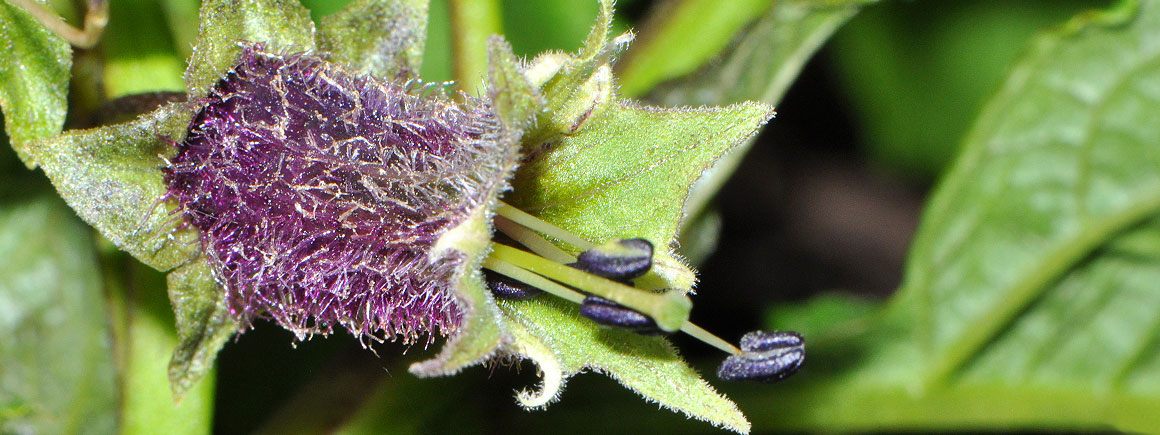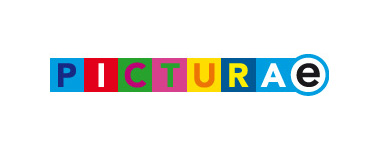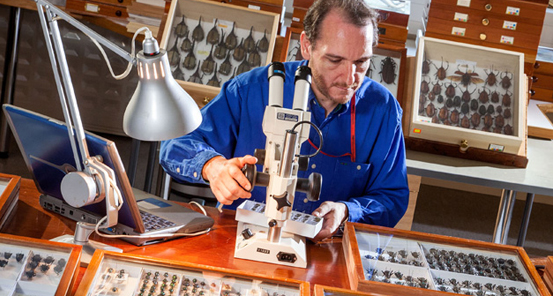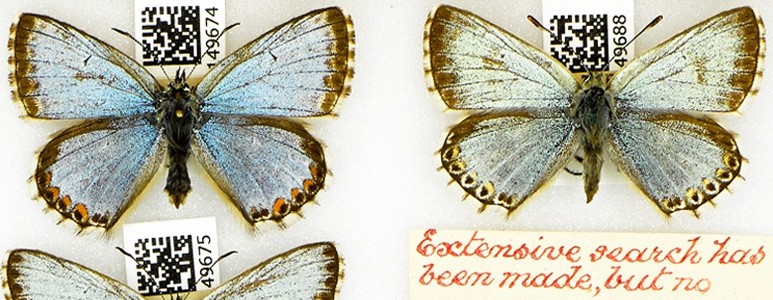Project team
- Dr Sandy Knapp
- Jonathan Gregson
- Jacek Wajer
- Steve Cafferty
- Lawrence Brooks
- Ben Atkinson

We successfully created digital images of 70,000 plant specimens stored on herbarium sheets, using a conveyor-based workflow.
The high speed digitisation of herbarium sheets was developed in collaboration with the Royal Botanic Gardens, Kew (RBGK) and Picturae.
This was a pilot project for an unprecentented plan to digitise millions of plant specimens from both our collections.
Collectively our two institutions hold over 11 million specimens, an unparalleled resource for studying plant diversity worldwide.
The digitisation conveyor belt for botanical specimens in action
We used state-of-the-art high-speed conveyor-belt imaging technology in collaboration with a commercial provider (Picturae) to create images of herbarium sheets.
We tested workflows and develop a long term method for UK herbarium digitisation using a relatively small selection of material from both institutions – totalling 70,000 specimens.
We also transcribed the data labels from each of the specimens to mobilise data for scientific research.
Building on the successful pilot of the conveyor-based workflows, we are now developing a plan to create a digital ‘Open Herbarium’: a unique, large scale record of plant diversity.
Digitised collections are being used to answer important questions for science and society.
Researchers at Kew and the Museum are using the digital records of the 70,000 plants to investigate

Solanum (nightshade) images will be used to
Both institutions are using data on distribution from transcribed labels to assess the conservation status of plant species in these groups worldwide.



We are digitising 80 million specimens from our collections to an online data portal.

High-throughput digitisation for different collection types.

Explore our botanical collection of an estimated six million specimens from around the world.